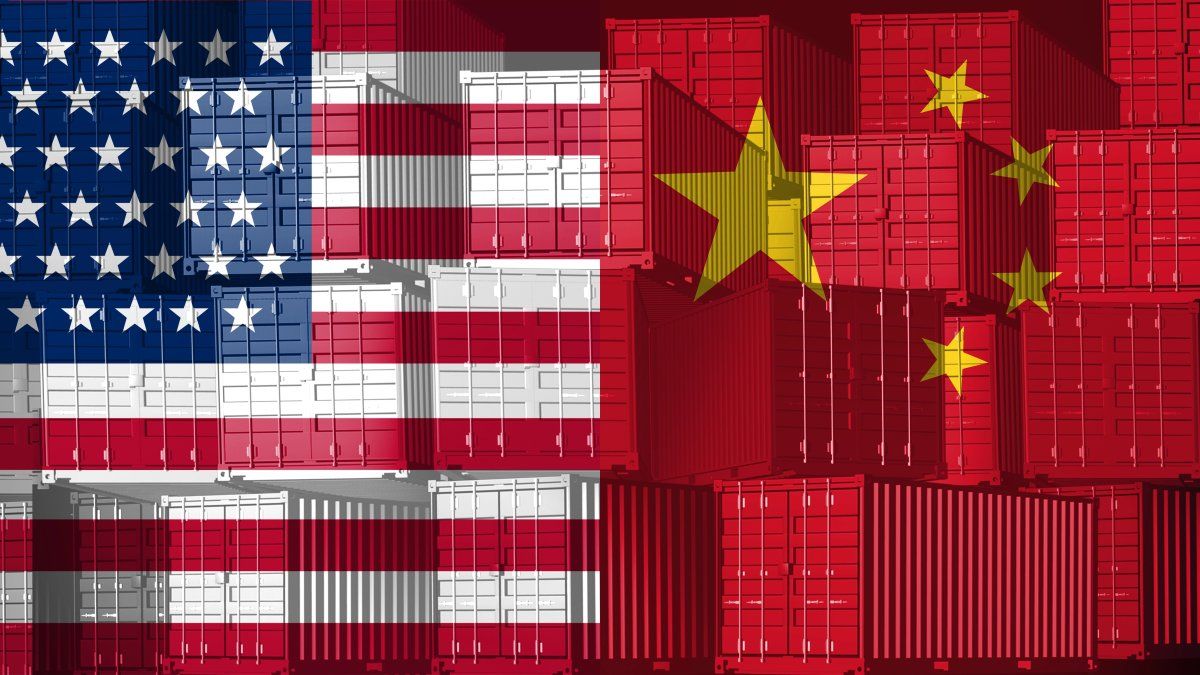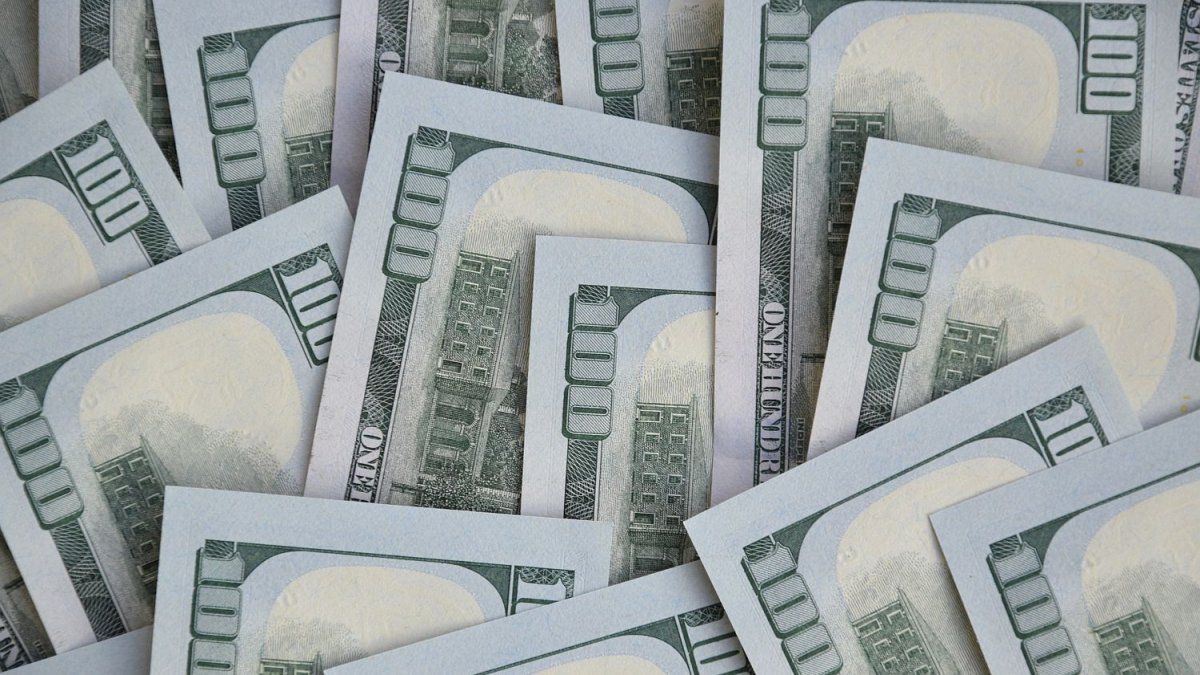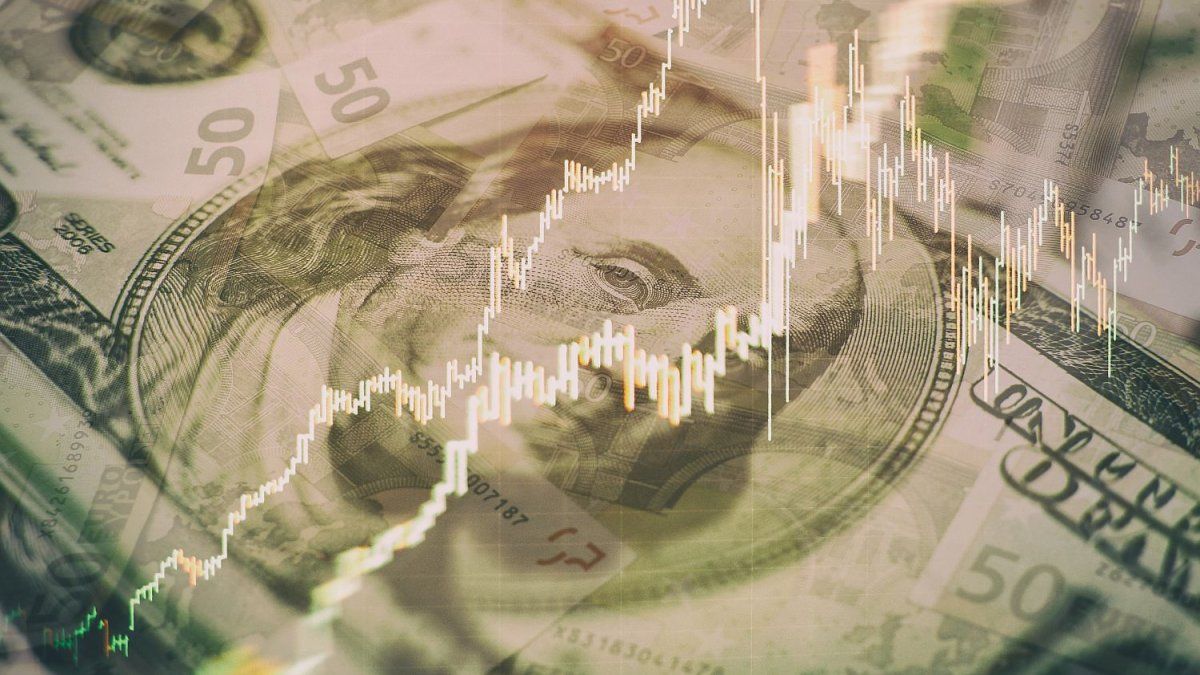Although Donald Trump’s commercial policy seeks to face the growing economic power of Chinatheir results could be the opposites. According to S&P global, “The high uncertainty generated by the US tariffs and the economic deceleration of China They will continue to motivate Chinese companies to move to the global south. “That could generate” a new order in global trade “where the multinationals of the Asian country” arise like the new key actors. “
Consulted by Scopethe specialist economist in foreign trade, Federico VaccarezzaHe argued that “when he wanted to displace China from the US market, The only thing that was achieved is that this surplus of production that went to the US deviates to alternative markets: Asia, Latin America and Europe “.
The S&P 500 report remarked that China’s trade with developing countries “expanded significantly faster than with the rest of the world, especially after the United States increased tariffs to the country in 2018”. That increase It accelerated even more between 2020 and 2024period during which Chinese exports of goods increased 65%three times the growth rate of the previous five years.
The new free trade defender
As a result of this increase in trade, China currently sells more than 50% further south (U $ S1.6 billion) than to the United States and Western Europe together (US $1 billion). Disaggregated the data, the main receptors of the Chinese goods were Asia, with US $ 759,000 million; Latin America (US $ 264,000 million) and Middle East (US $219,000 million).
“On average, China’s trade with its 20 main commercial partners in the Global South It represents almost 20% of these countries“S&P economists said global.
China USA Tariff War
China depends less and less on its trade with the United States.
Depositphotos
Complementary, Vaccarezza considered that “China will become more aggressive commercially And it will form a nucleus with nations that They seek to keep the trade open“, among which he cited Canada, Australia, New Zealand and the countries of the European Union. “There are many more countries that want to maintain free trade than those who today aspire to limit it and China will stop at the center of that new leadership,” he said.
And he added that “China no longer goes for cheap merchandiseclothes or toys. China today goes for high technology, for much more sophisticated products and a price that is much more competitive than that of developed economies. “
The increase in investments to avoid tariffs
The International Consultant’s report added that, in addition, Chinese companies “not only redirect their products for their re -export through these regions, but also produce them more and more there.”which requires investing in the local economy. “His investments in his four main partners in Southeast Asia, for example, quadrupled in the last decade, reaching an average of US $ 8,800 million annually“They explained.
They considered that “it is likely that these investments continue in the ‘Age of Tariffs’, not only to avoid new levies or ensure resources, but also for develop final markets and reduce their dependence on US sales“
In addition, they stressed that “The negative effects of tariffs can also serve as ‘thrust factor’ (To search for new markets), as they affect several industrial and consumer sectors in China. “
In this sense, the Index of Purchasing Managers (PMI) of the Manufacturing Industry of China reached 49.3 points in July, a decrease of 0.4 percentage points compared to the previous month. It is about Fourth month thread below 50 points, that is, below the growth threshold.
Industrial production increased 5.7% year -on -year last month, according to official data from the National Statistics Office, The slower growth pace since November and below 6.8% in June. For its part, retail sales 3.7% year -on -year increased in the monthcompared to 4.8 % in June.
Source: Ambito




